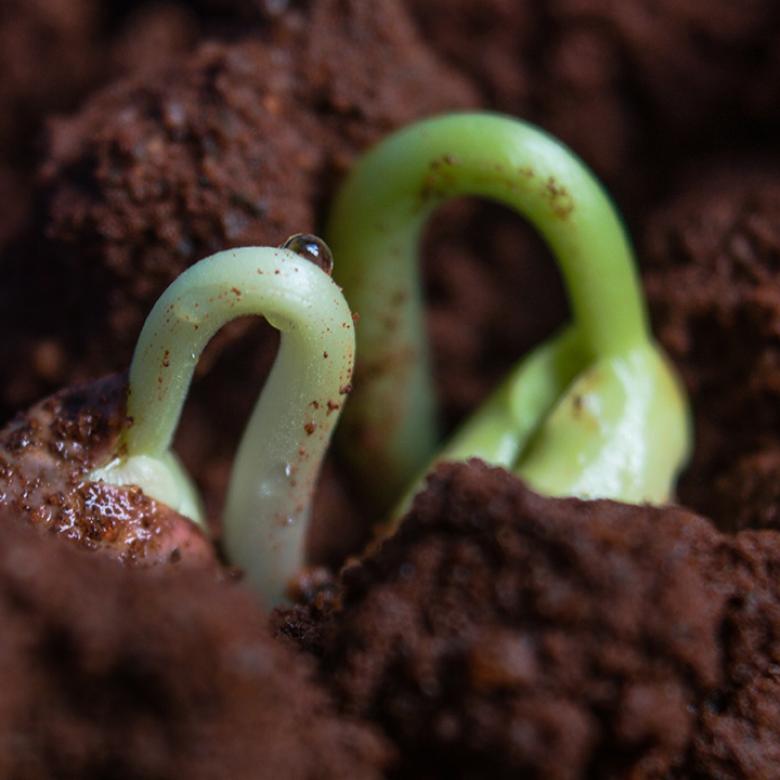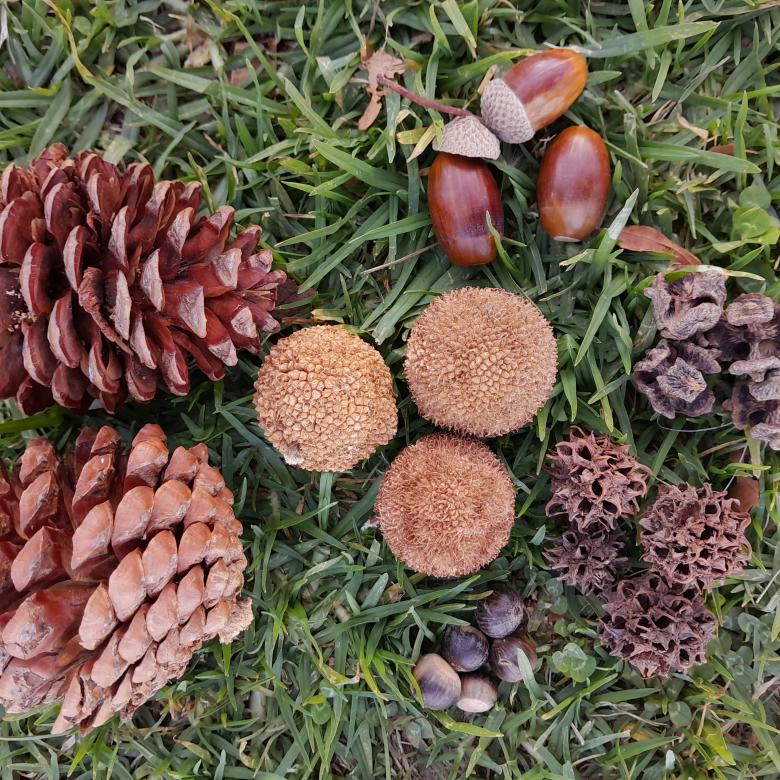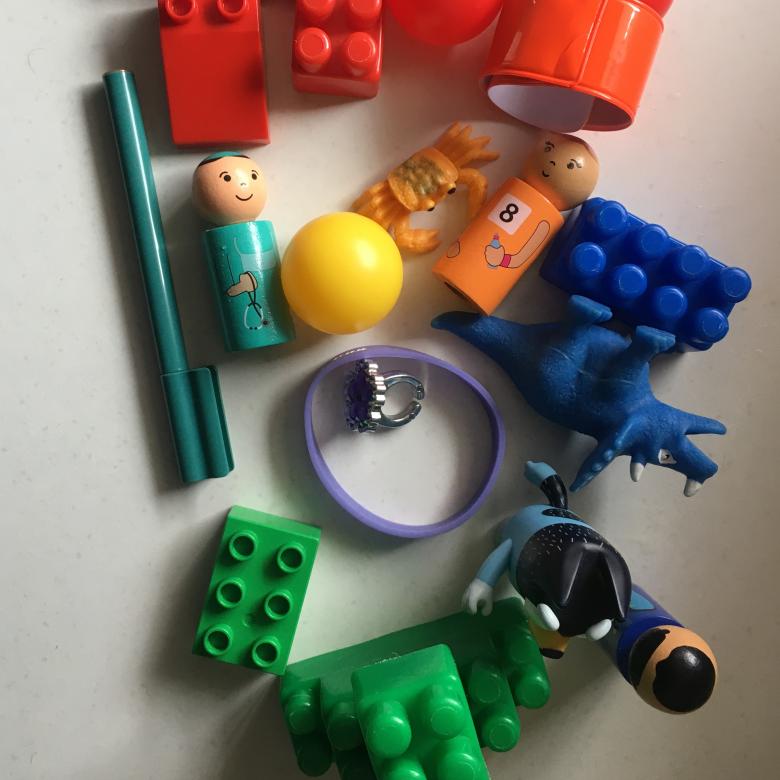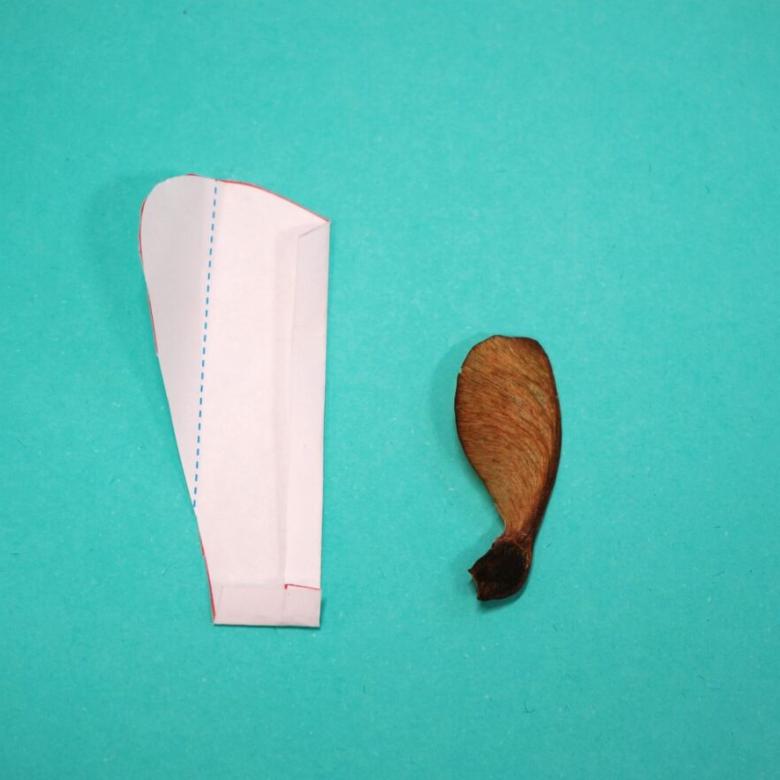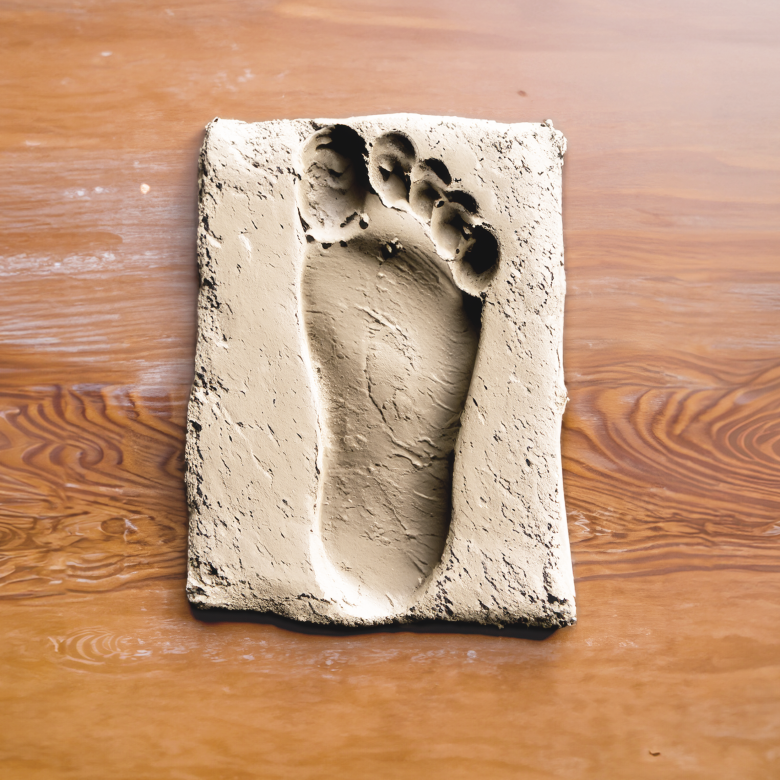You’ll need
- An apple
- A knife
- A chopping board
- An ice cream stick (from a craft shop, or wash the stick after eating an ice cream)
- A set of scales (like kitchen scales)
- Some paper and a pencil (to write down weights)
- 2 dry plastic cups
- Half a cup of salt
- Half a cup of bicarbonate of soda (also called bicarb soda and sodium bicarbonate)
- A mixing bowl
- A wooden spoon
What to do
- Gather your materials on a flat surface.
- Use the knife and chopping board to cut the apple into quarters.
- Carve a face into one of the apple quarters using the ice cream stick. You can make any face you like.
- Use the scales to weigh the apple quarter. Write down its weight on the paper.
- Place the apple quarter into one of the plastic cups.
- Add half a cup of salt and half a cup of bicarbonate of soda to the mixing bowl. Mix well with the wooden spoon to create a salt mixture.
- Pour some of the salt mixture over the apple so that it is completely covered. Tap the sides of the cup to make sure that the salt mixture fills all the little air pockets. Fill the cup with the rest of the salt mixture to completely cover the apple.
- Store in a warm, dry place, away from direct sunlight.
- Carve a face into another of the apple quarters.
- Weigh the second apple quarter and record its weight on the paper.
- Place the second apple quarter in the other plastic cup, but do not add the salt mixture. Store this plastic cup beside the other one.
- Wash your hands.
- Eat the remaining apple quarters (or give them to a friend so they can do this activity too!).
- After a week, remove the apple quarters from the plastic cups. Gently brush off any extra salt mixture (but don’t rinse with water).
- Weigh each apple quarter and record the new weights.
- Compare the look of the salted apple with the unsalted apple. Compare the weight of the salted apple with the unsalted apple.
Questions to ask
Did the apple quarters look different? How did they look different?
Which apple quarter weighed more – the one that was in the salt mixture, or the one that wasn’t? Why do you think this happened?
Find out how much water you can draw from the apples. Put the apple quarters back in the salt mixture and re-weigh them every week. How long does it take to drain all the water out? Work out the weight of water that has been lost from each apple quarter to find out how much has been absorbed by the salt. (Hint: To work out the weight of water that has been lost, subtract the weight of the apple quarter after it has been in salt from its weight before it was put in salt. You’ll know all the water has been lost when the weight of the apple quarter stays the same.)
Try using different types of fruit or food. Which foods preserve well? Which foods continue to rot over time? How watery or salty are each of these foods?
What's happening
When food is left untreated, bacteria and mould begin to grow on it. As the bacteria and mould feed on the food, they produce toxic chemicals that can make the food unsuitable to eat. This process is known as rotting. In this experiment, the unsalted apple rots but doesn’t lose weight. The salted apple doesn’t rot but does lose weight.
Mould spreads by sending tiny spores into the air that can travel very large distances. Mould spores that settle on a surface (like food) will only grow into mould if the conditions are right. Mould and bacteria need moist environments with lots of nutrients and low amounts of salt. This means the unsalted apple is a very suitable environment for bacteria and mould to feed and grow. When the bacteria and mould feed on the unsalted apple, they cause it to rot. That’s why some parts of the unsalted apple look black and feel squishy, and why it might also smell a bit.
The salted apple doesn’t look damaged by rotting and has less mould growing on it. The environment for the salted apple doesn’t have enough water and is too salty for the bacteria and mould to feed and grow. The water in the salted apple is absorbed by the salt mixture. Because of this loss of water (as well as reactions between the natural chemicals in the apple and the oxygen in the air), the salted apple looks brown and shrivelled.
Salt and bicarbonate of soda are both hygroscopic. This means that they can absorb water from their surroundings. When food is placed in a salt mixture, the salt draws water out of the food, causing it to dry out. Hygroscopic salts also draw moisture out of the cells of bacteria, killing them before they can grow and spread. This also helps to preserve and prolong the life of the food.
As most of the water has been removed from the salted apple, it should weigh less than it did a week earlier. The apple left unsalted should weigh almost the same as it did at the beginning, since no water has been lost.



